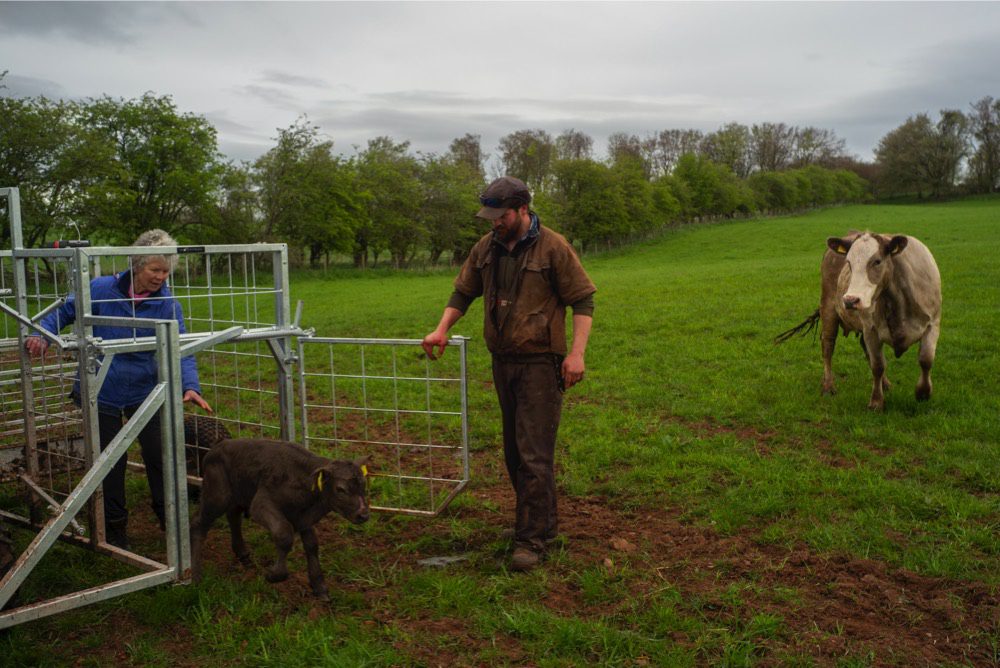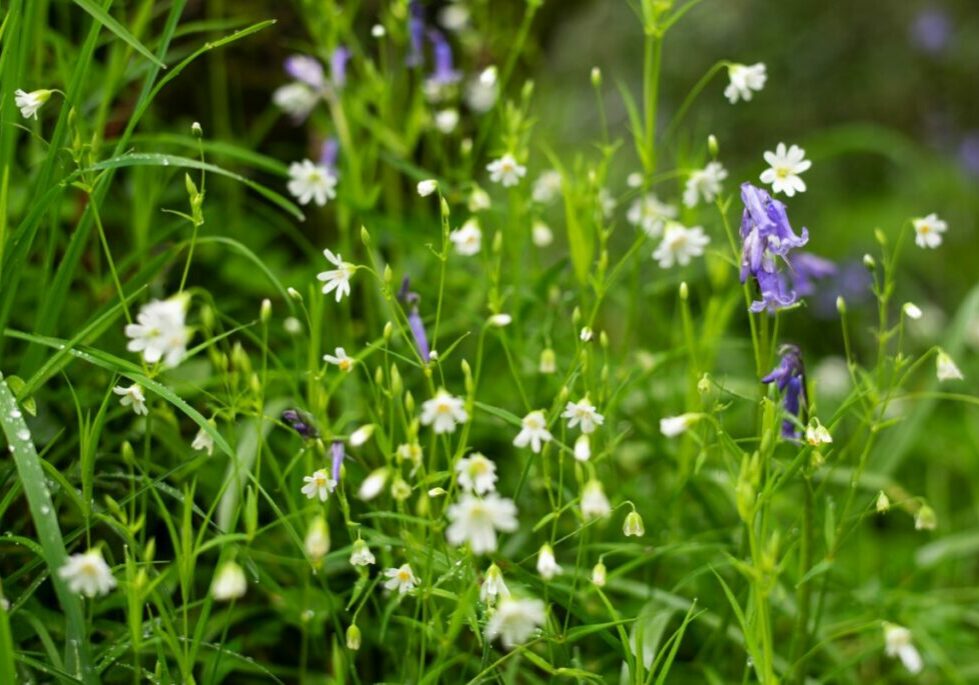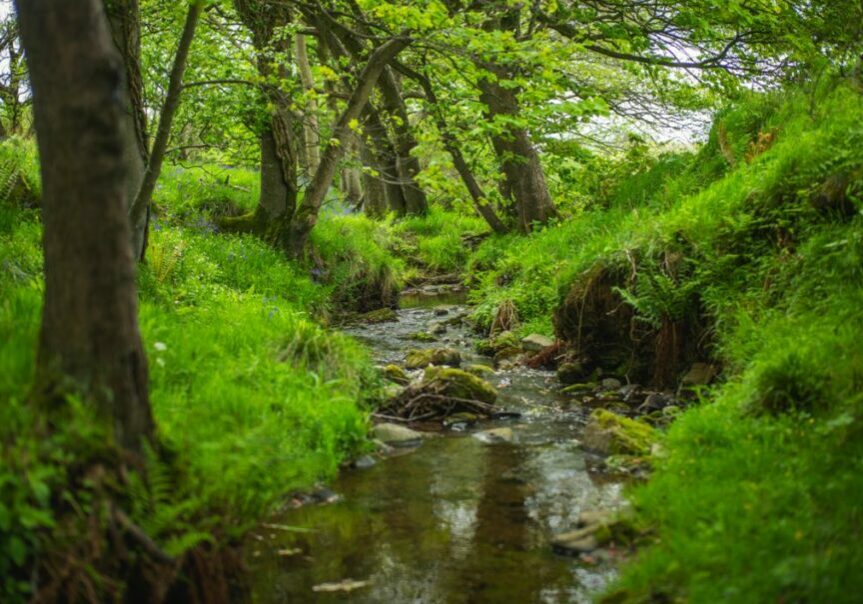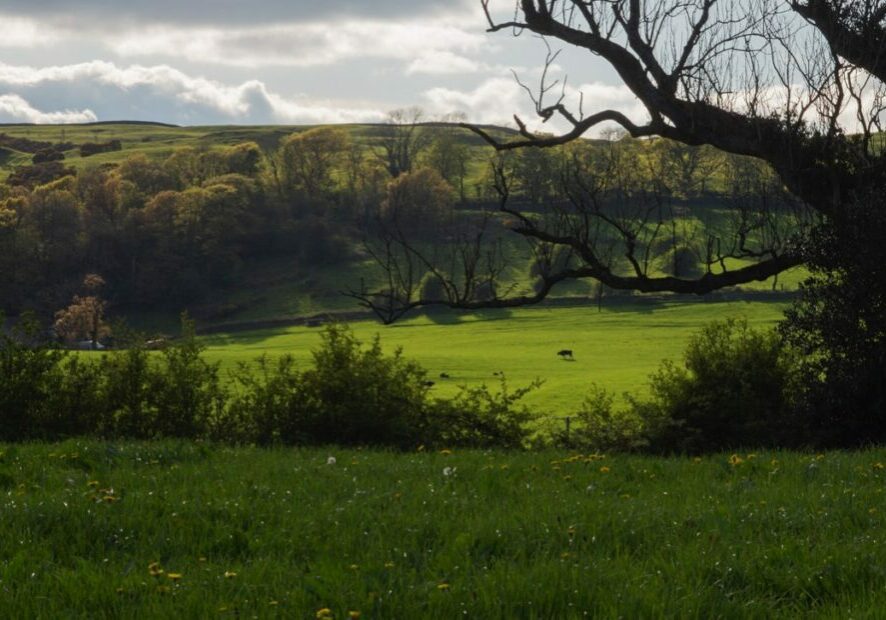Denise Walton runs Peelham Farm in south-east Scotland, raising beef cattle, pigs and sheep with her husband, Chris, and son, Angus. The 260-hectare site is certified organic and Pasture for Life. Denise and Angus tell us why their approach is better for nature and people.
“The soil has suffered horribly from the way we’ve farmed over the past 50 or 60 years,” Denise laments. “Every farming practice needs first and foremost to restore soil – to restore organic matter, soil microbiology – so it starts being more productive and absorbs more carbon.
“The practices we use in regenerative agriculture are multifold. There’s not one silver bullet, and you don’t know immediately if you’re doing the right thing. Firstly, dung is the most important factor: sharing the largesse of grass with birds and bats through the invertebrates that feed on our livestock’s manure.
“Secondly, rotational mob grazing is key. We graze 35 animals in a four-hectare paddock for three to four days, then move our cattle across our farm and rest that paddock for 30 days. The response of grass to that period of rest is regeneration par excellence. Our cattle love it!
“Hedgerows are part of a nutritional approach to agroecology: they nurture biodiversity, they store carbon, they shelter livestock, they support wildlife. And they also make it a much more pleasant landscape!

© DAVID BEBBER / WWF-UK
“There are benefits and long-term rewards for farming the way we do. Our livestock are healthier and we support increasing biodiversity, but the big thing is the decrease in the costs. A conventional farm of our size would normally spend £100,000 more a year on agrochemicals and grain feed for cattle than we do. We’ve also been able to reduce the number of tractors we own and maintain.
“The challenge is there’s no quick fix. We can’t just grab some chemicals to wipe out a pest that’s eating our crops – and we did have that problem. The first year we farmed organically, we lost all our barley to leatherjackets [cranefly larvae, which feed on plant roots] because we couldn’t spray them. But, interestingly, we saw a lot of crows on the field eating all the leatherjackets, and the following year we didn’t have those pests.”
“For farming to exist within nature, so that nature is no longer seen as our servant, we must blend the barrier between natural habitat and agriculture,” adds Angus. “Regenerative agriculture has brought nature back into farming, and it’s brought me back in touch with nature – it’s been a very powerful tool to improve my mental health.”
More to explore

Farming for nature
Decades of intensive agriculture have transformed the UK’s landscape. Our once-rich soils have been degraded, and wildlife and habitats have declined. So we’re backing farmers in a shift to restore nature and tackle climate change by repairing our broken food system

